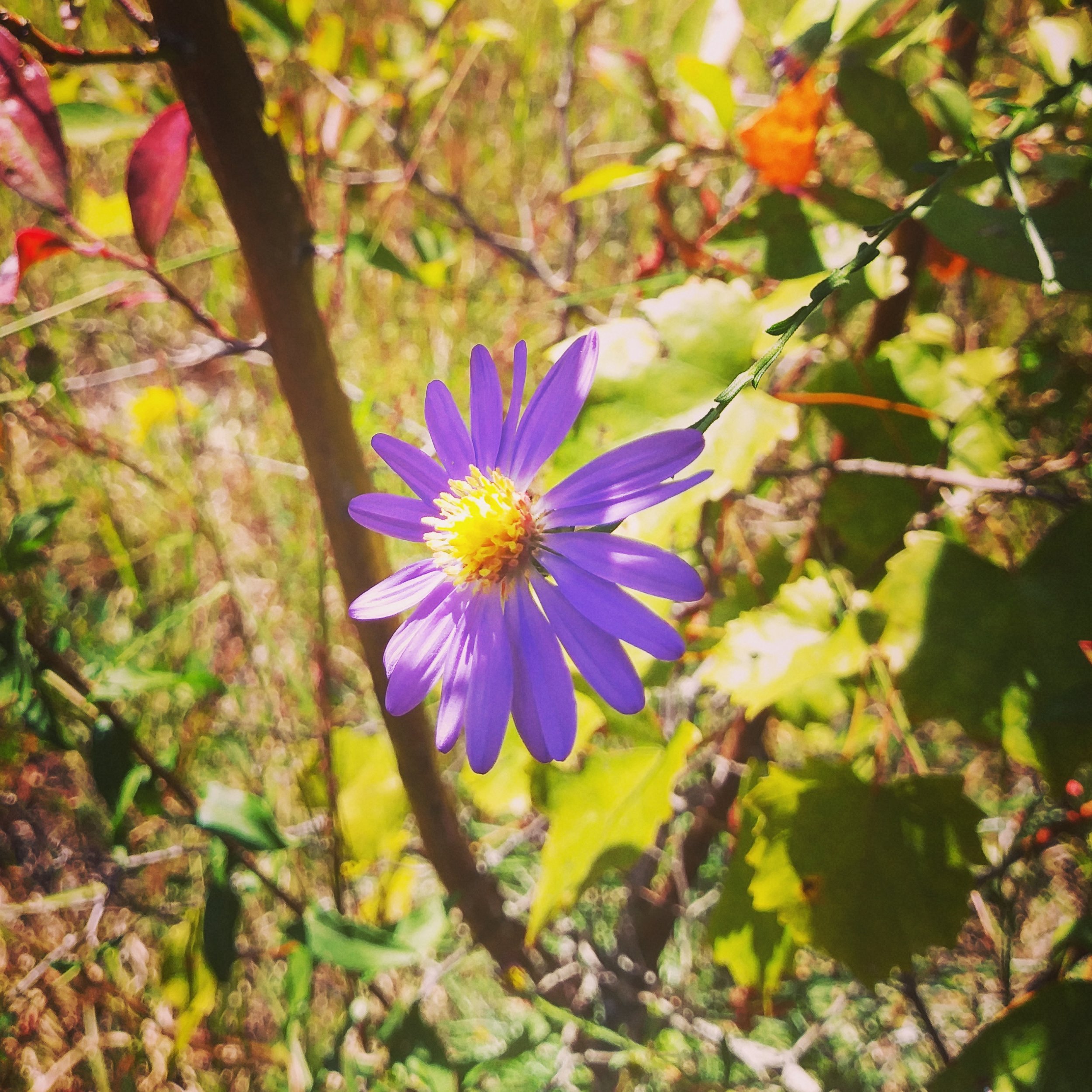For this week’s #WildEdibleWednesday, we’re going to continue on our wildflower kick with Symphyotrichum patens, or the Late Purple Aster. If you’ve been around SARCRAFT much, you’re familiar with what we call the “Possum Mentality.” The idea is that opossums are the ultimate opportunists – they get what they can get when they can get it. Right now during this time of late summer and early fall, a lot of valuable medicinal wildflowers are in bloom and easy to identify, so it’s a great time to get while the gettin’s good, before they go to seed and die off.
As we said last week about Goldenrod, asters are one of the most valuable families of edible and medicinal plants in our area. They include dandelion, valerian, liatris, chicory, and a host of others.
Native to the eastern half of the U.S., Late Purple Aster is a perennial herbaceous forb. It prefers open, sunny areas like overgrown pastures, roadsides, abandoned fields, and waste areas. They generally grow 1.5’-2.5’ tall, with an open growth habit and oblong, hairy leaves along their stems. They are most easily distinguished by their beautiful light purple blooms with bright yellow centers. The yellow bloom centers are what distinguish them from their close cousin Chicory, which has solid blue-purple flowers with notched petals.
Like Goldenrod, its leaves and young flowers are edible, however, its primary uses are medicinal. A tincture made from the plant is a powerful treatment for respiratory issues, be it asthma, allergies, or respiratory infections. It reduces inflammation in the bronchi and calms the larynx, significantly reducing coughing and tightness in the chest. It also serves as an expectorant, helping to clear the lungs. Combined with the fact that it can reduce fevers, Aster serves as an excellent plant to turn to for colds and flu symptoms.
Aster tea can also serve as an anxiolytic, helping to calm nerves and reportedly giving a feeling of peace. It doesn’t serve as a sleep aid in itself, but due to its calming properties it is often used as a bedtime tea.
Late Purple Aster’s strongest medicinal use, however, is in treating exposure to Rhus species - poison ivy, oak, and sumac. An infusion made from the roots helps to reduce the itching, swelling, and weeping associated with exposure. Regularly treating the area with an Aster infusion can cut healing time by days. Just further proof that nature never gives us a problem without offering a solution!
- Alex

